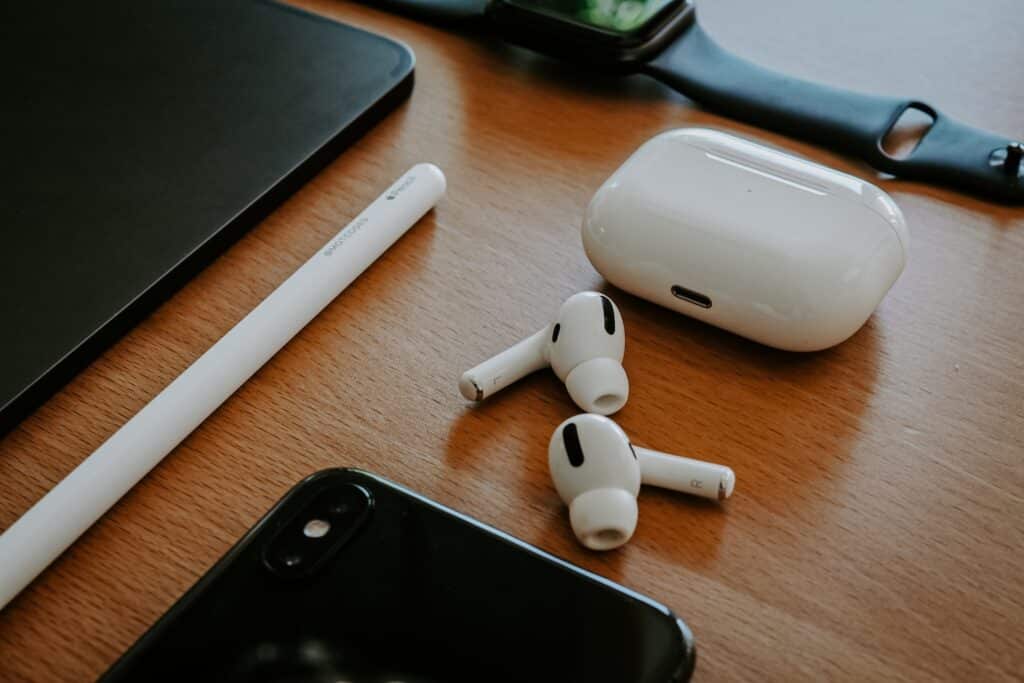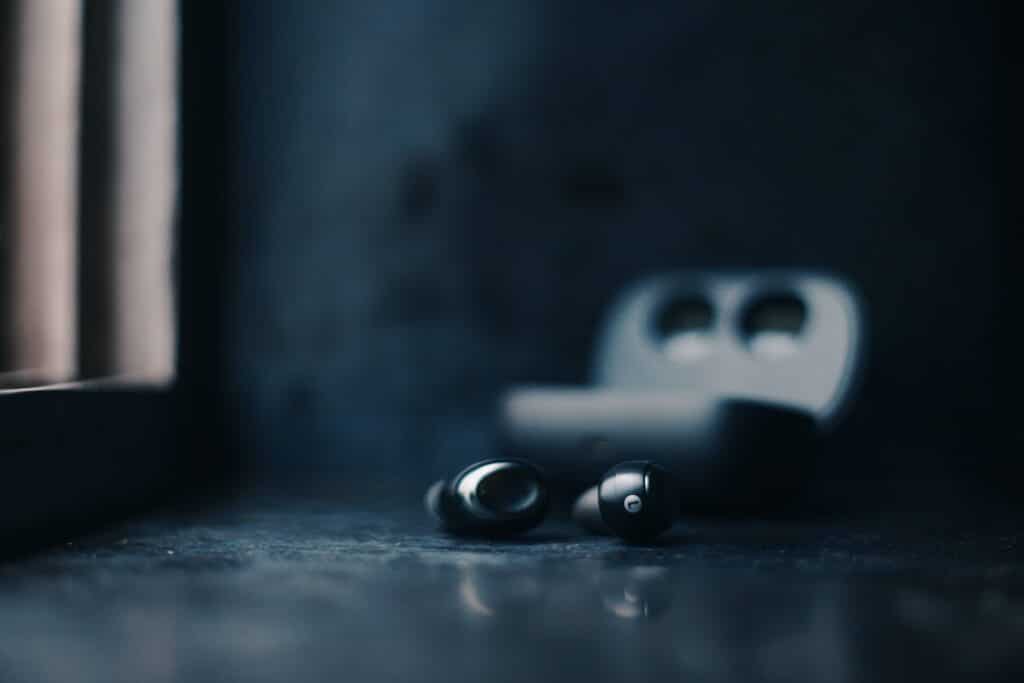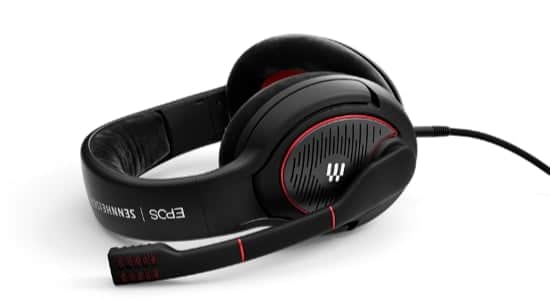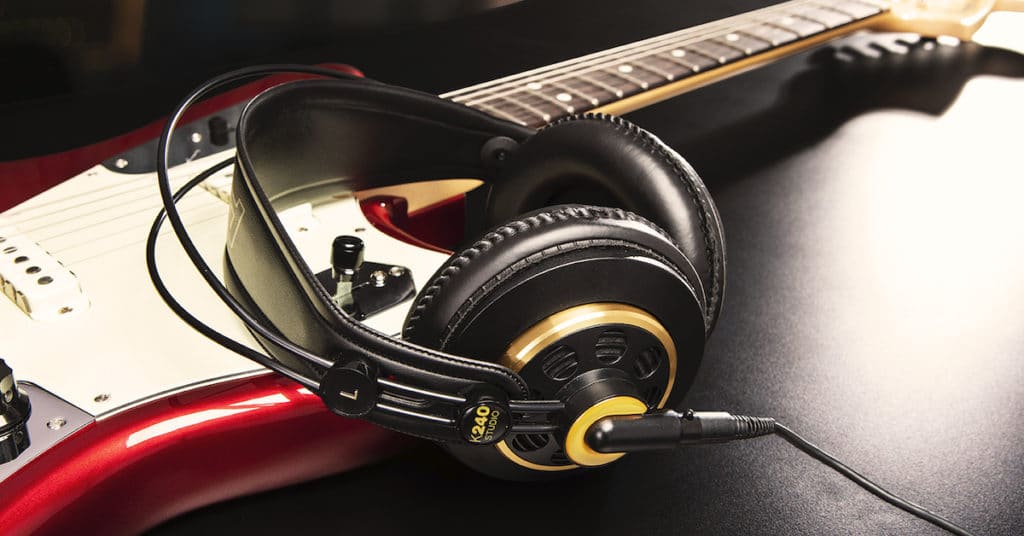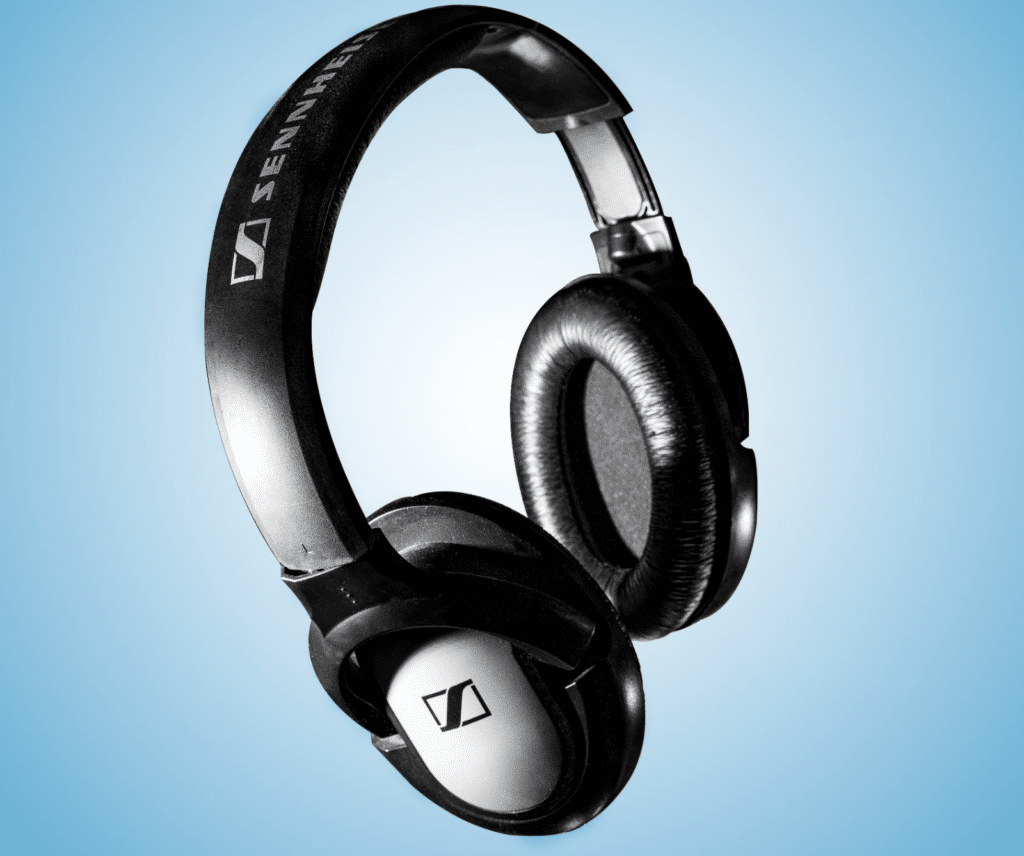Why do you need a set of podcast headphones?
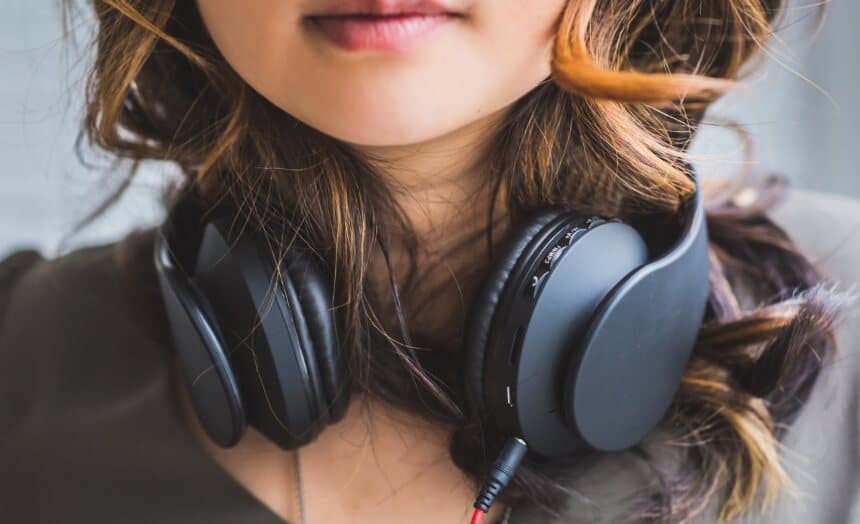 Headphones are almost indispensable for listening to podcasts because when you are out and about, you don’t want to bother with sound and, of course, understand clearly what is being said. But there are also various good reasons for podcasters to use one.
Headphones are almost indispensable for listening to podcasts because when you are out and about, you don’t want to bother with sound and, of course, understand clearly what is being said. But there are also various good reasons for podcasters to use one.
The major one is it lets you hear your recording. Who hasn’t had a hissing noise or scratching on the podcast recording, e.g., due to a loose cable? It is very annoying when you only notice something like this at the end when everything has already been recorded.
This is why many podcasters use headphones while recording to hear what the sound is like immediately. We don’t usually like it when you hear your voice this way, but sound problems can be traced this way very quickly.
Features to consider before you buy podcast headphones
Anyone who already knows the specific area of application for his or her headphones should pay attention to some technical features, which we will point out in the following paragraphs. This increases the likelihood that buyers will not make a mistake when choosing which headphones to consider.
Speaker
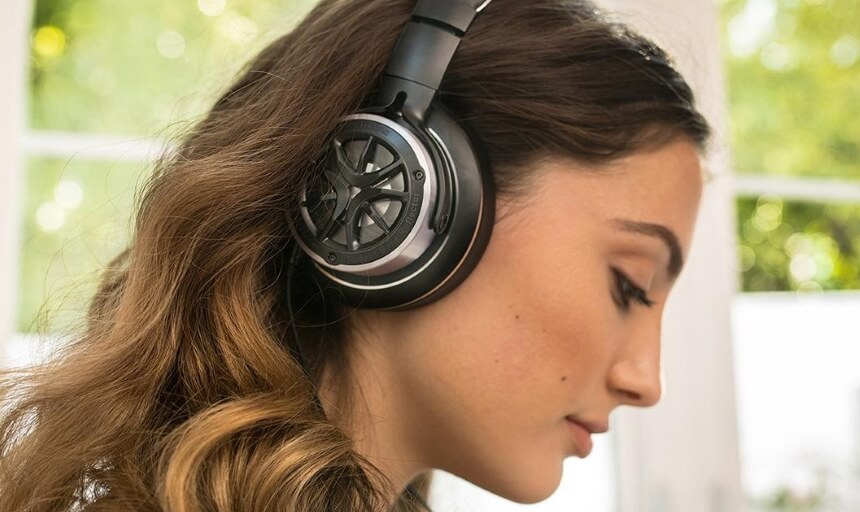 Each pair of headphones comes with its drivers, which are the main speakers. The headphone drivers are small loudspeakers that convert the signals into sound. The larger the area of the driver, the larger the respective membrane area. A large driver area ensures that a driver can reproduce bass, but it also has more bulk. That, in turn, can affect the rendering of the transients – a short, fast, and loud sound at the beginning of a tone as a kind of transient process with higher-frequency signals.
Each pair of headphones comes with its drivers, which are the main speakers. The headphone drivers are small loudspeakers that convert the signals into sound. The larger the area of the driver, the larger the respective membrane area. A large driver area ensures that a driver can reproduce bass, but it also has more bulk. That, in turn, can affect the rendering of the transients – a short, fast, and loud sound at the beginning of a tone as a kind of transient process with higher-frequency signals.
A general statement such as “bigger drivers are always better” is therefore only partially correct.
Other factors, such as the types of transducers, also play an important role. These are the technologies used in the headphones to convert the audio signal into sound waves. There are four ways this conversion can be done:
- Electromagnetic headphones: Electromagnetic headphones have not been on the market for a few years. The technology stems from the early days of audio technology. The amplifier current flows through two coils which are pre-magnetized with a permanent magnet. In this way, the diaphragm cannot vibrate at twice the frequency. However, there is a very limited frequency range and poor playback quality, which is why manufacturers are now relying on other technologies.
- Electrodynamic headphones: Electrodynamic headphones make up the majority of headphones on the market. They are what you can find in the MAONO AU-MH601 Headphones, for example. With these headphones, the sound conversion results from the movement of a coil, which receives a sound signal in a magnetic field. In the center of the membrane, there is a plunger coil, which is located in the air gap of a permanent magnet. This is mounted on the frame of the headphones. When an audio frequency voltage occurs, the magnet is driven to vibrate through the interaction of a variable and constant magnetic field. The vibrations are transmitted to the air, where the human eardrum can perceive them.
- Electrostatic headphones: With electrostatic headphones, the audio signal is applied to the plates of a capacitor. In between is a membrane constantly charged with a high voltage. A special transmitter in the headphones converts the signal to a high voltage. This stimulates the membrane to generate sound. The membrane of these headphones is light so that electrostatic headphones ensure clear and natural reproduction.
- Magnetostatic headphones: Magnetostatic headphones have a thin film on which a conductor film is glued. This oscillates between mutually repelling magnets and moves between the magnets when a music signal reaches the conductor tracks. It is suitable for displaying fine nuances and powerful bass. However, manufacturers need a lot of magnets, which makes the headphones heavier in comparison.
Impedance
Here, we have come to interesting insights. Regarding the impedance, sensitivity, and frequency response, one should not necessarily rely on the technical key figures, which manufacturers sometimes reveal more, sometimes less in detail. There is clearly a Babylonian jumble of languages here!
Many technical data are, in most cases – especially across manufacturers – absolutely not comparable due to contradicting sources and different reference values.
For example, information about the transmission range without a definition of the corner points is practically useless because no reliable information can be made with regard to linearity.
Prospective buyers should, therefore, pay more attention to the headphone attributes described in our review than to compare tech values and accessory components in the product description sheet. Ideally, the targeted headphones should be tried out before buying them under the necessary conditions.
Generally, impedance is expressed in Ω. It is essential to judge the quality of the best headphones. This criterion defines the resistance of the device to the current flowing through it. If the value obtained is high, it means that the headphones need more power to reproduce sound at a determined volume.
It is advisable to choose a model presenting a moderate impedance that does not exceed 50 to 60 Ω. The Audio-Technica ATH-M20X, MAONO AU-MH601, and the OneOdio Over-Ear Headphones all have less than 50-ohm impedance.
Impedance and sound pressure levels are still related to each other and roughly describe how “loud” headphones act on an amplifier. In this respect, the efficiency of the headphones has a direct influence on the “mobile audio” generation. This is why we simply require high-quality and powerful preamplifiers in the studio or on the set for maximum sound enjoyment.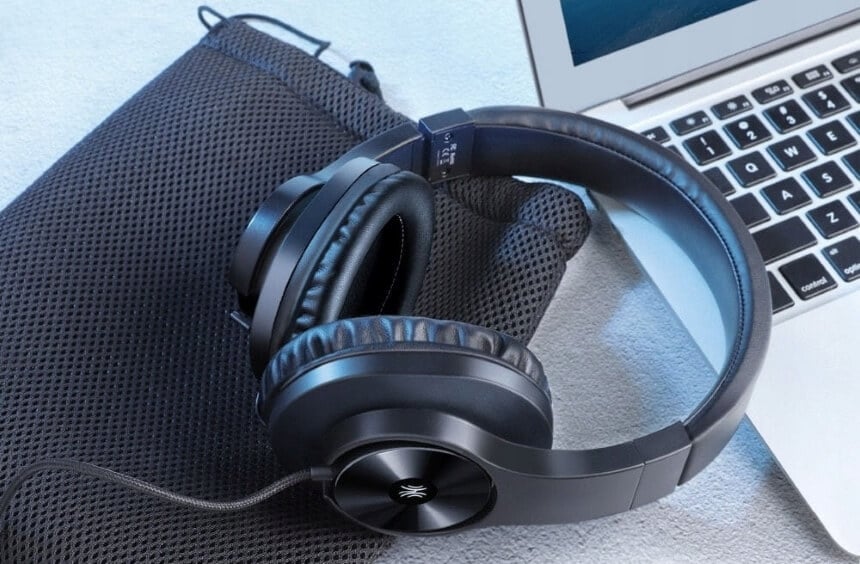
Sensitivity
Contrary to popular belief, sensitivity, or efficiency, is used to determine the sound level obtained under specific conditions. This criterion is thus expressed in dB / mW or dB / V and is measured at the input level of the best headphones. When choosing a pair of headphones for podcasting, a model with at least 100 dB, such as the MAONO AU-MH601 Headphones or the OneOdio Over-Ear Headphone, should be enough.
Frequency response
The frequency response is one of the key criteria that determine the performance of the best headphones. Measured using an artificial ear, the purpose of this is to determine the frequencies reproduced by the headphones and the errors expressed in decibels with respect to a reference value of 1 kHz.
Max input power
The maximum input power is an indication of the maximum power supply for headphones. This is usually measured in megawatts (mW). Most headphones are well built enough to withstand a 100-mW input. Models with around 30 to 50mW may fail soon and are fragile.
Plug type
Two criteria must be checked, so you have to have the best connector for your wired audio headset: the size of the jack, which is generally 3.5 mm, and a gold-plated plug that guarantees excellent audio transmission.
Cable
Wired headphones are popular with podcasters. These models can be used flexibly and independently of a battery, whereby the length of the cable and the appropriate connection plays an important role. Most audio cables have a 3.5-millimeter jack connection and, therefore, a plug that is compatible with almost all audio sources on the market. Suitable adapters are also available for hi-fi systems so that consumers can adjust the plug to 6.3 millimeters and use it with these devices.
If you prefer a wireless model, you should decide on a suitable model. With these headphones, the signal is usually transmitted via radio – most manufacturers rely on the modern Bluetooth standard in different versions. Bluetooth can guarantee secure audio transmission with good sound quality.
Most headphones with Bluetooth have a total range of 10 meters. It should be noted, however, that this is a theoretical statement that is, in practice, strongly limited by walls and ceilings.





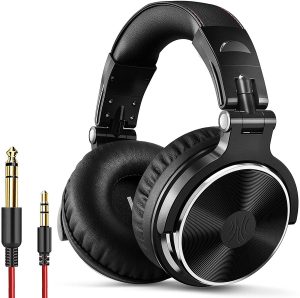

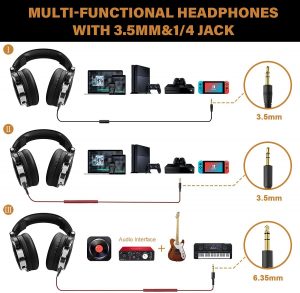

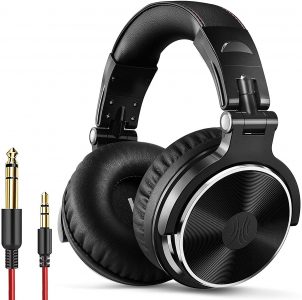
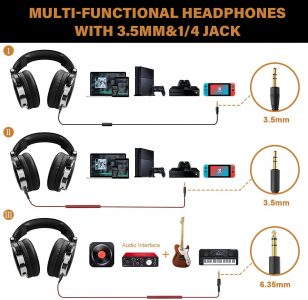


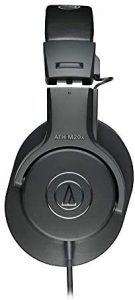
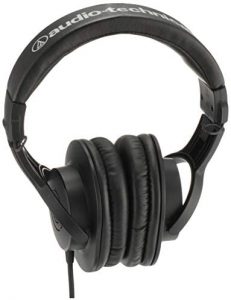
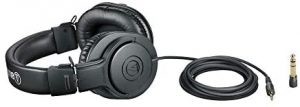
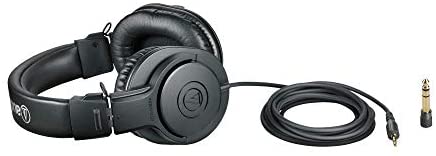
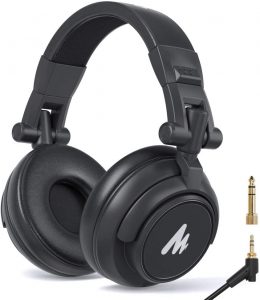

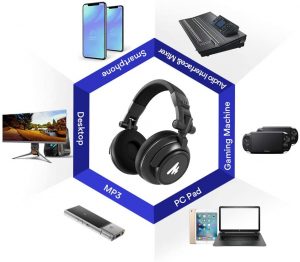
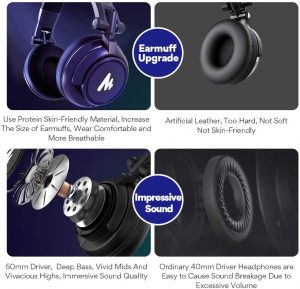
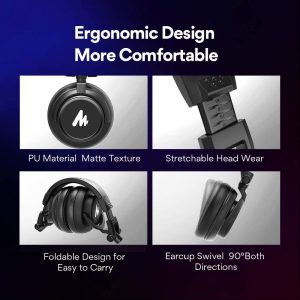
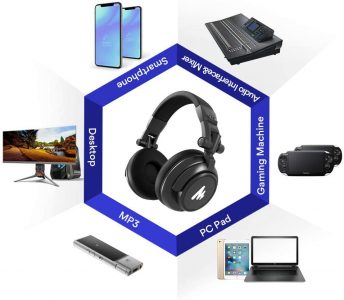
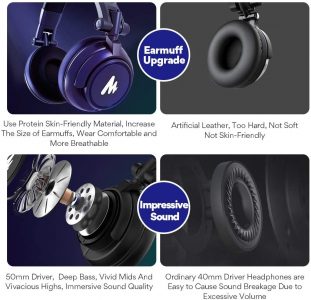
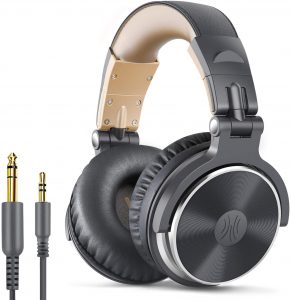
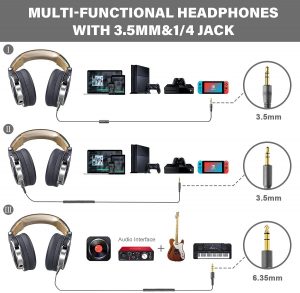
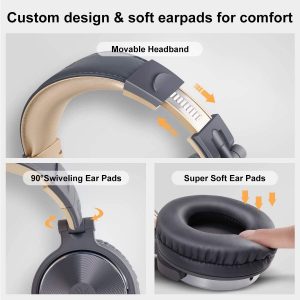
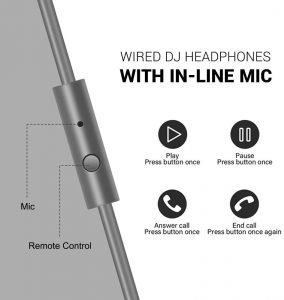
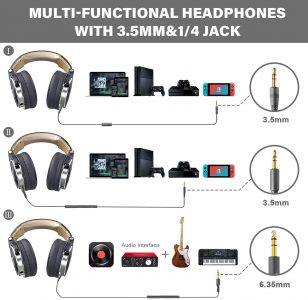
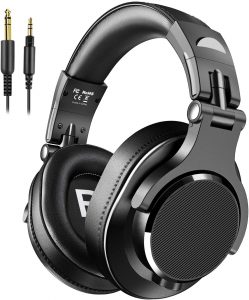
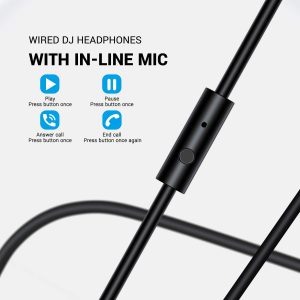
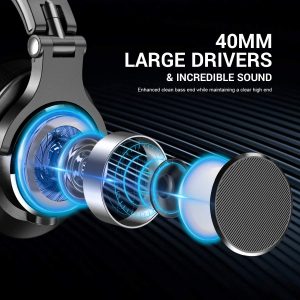
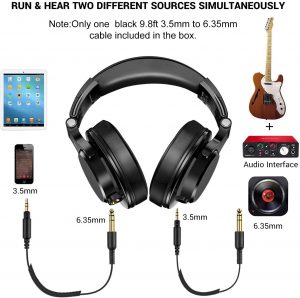

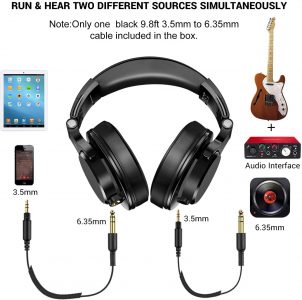
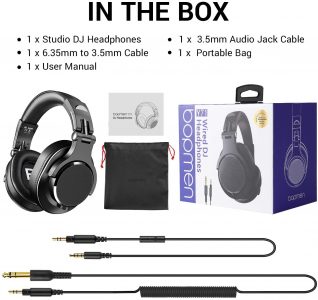
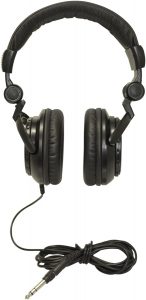
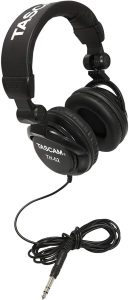
 Headphones are almost indispensable for listening to podcasts because when you are out and about, you don’t want to bother with sound and, of course, understand clearly what is being said. But there are also various good reasons for podcasters to use one.
Headphones are almost indispensable for listening to podcasts because when you are out and about, you don’t want to bother with sound and, of course, understand clearly what is being said. But there are also various good reasons for podcasters to use one. Each pair of headphones comes with its drivers, which are the main speakers. The headphone drivers are small loudspeakers that convert the signals into sound. The larger the area of the driver, the larger the respective membrane area. A large driver area ensures that a driver can reproduce bass, but it also has more bulk. That, in turn, can affect the rendering of the transients – a short, fast, and loud sound at the beginning of a tone as a kind of transient process with higher-frequency signals.
Each pair of headphones comes with its drivers, which are the main speakers. The headphone drivers are small loudspeakers that convert the signals into sound. The larger the area of the driver, the larger the respective membrane area. A large driver area ensures that a driver can reproduce bass, but it also has more bulk. That, in turn, can affect the rendering of the transients – a short, fast, and loud sound at the beginning of a tone as a kind of transient process with higher-frequency signals.





